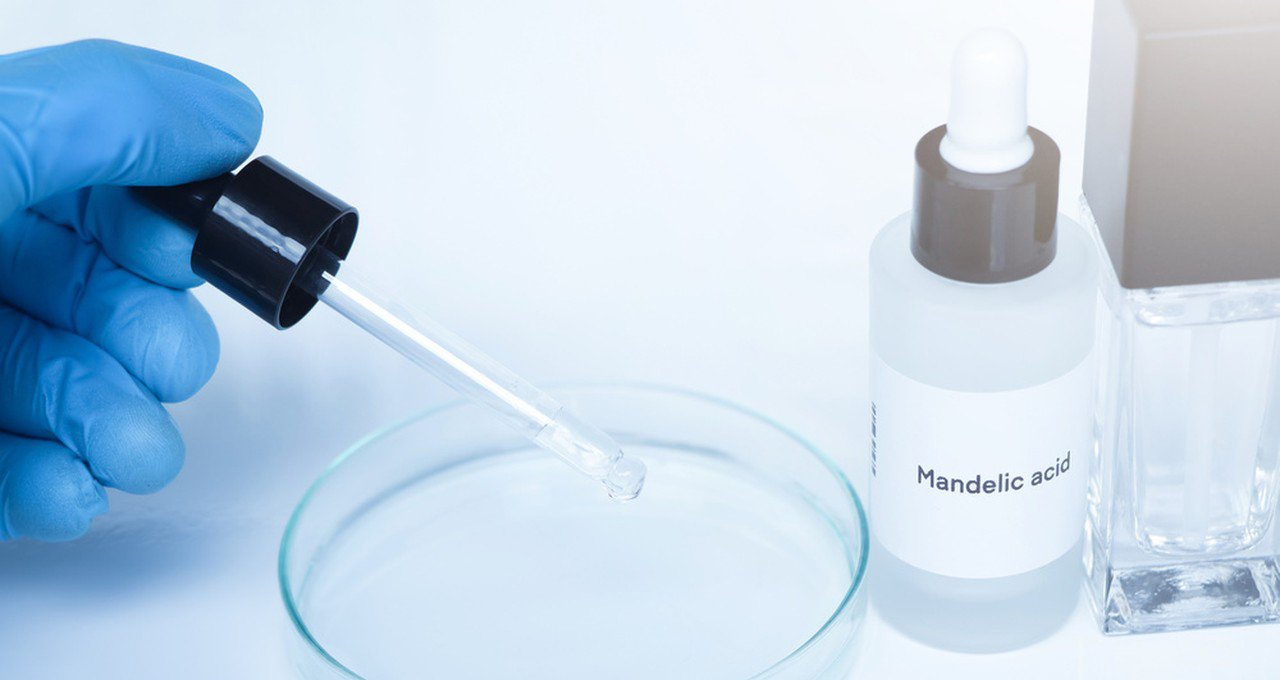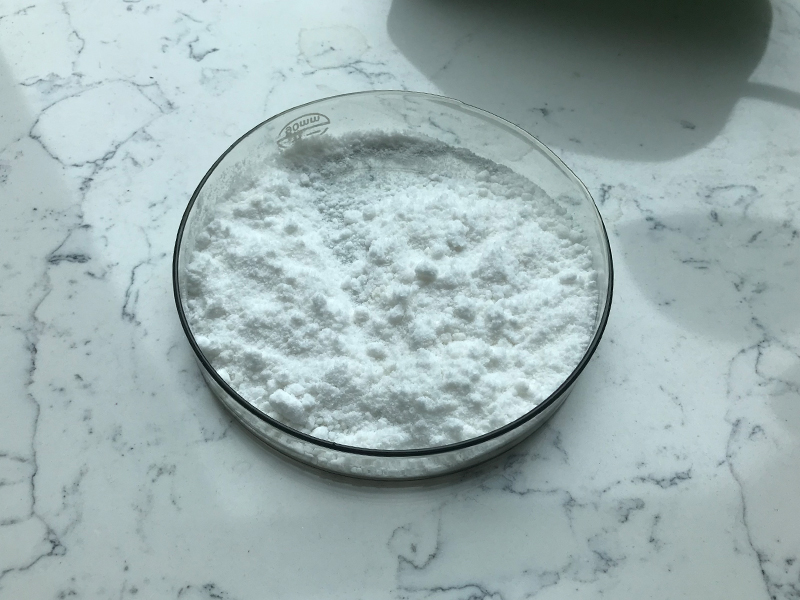Origin of Mandelic Acid
Mandelic acid is an aromatic alpha-hydroxy acid (AHA) derived from bitter almonds (Prunus dulcis var. amara). The name “mandelic” comes from the German word for almond, “Mandel,” as it was first isolated from the distillation of amygdalin, a compound found in almonds, in the 1830s by German chemist Ferdinand Ludwig Winkler.
Chemical Properties of Mandelic Acid
- Chemical formula: C₈H₈O₃
- Molecular weight: 152.15 g/mol
- Structure: It contains a phenyl group attached to an alpha-hydroxy acid group, making it a larger molecule compared to other AHAs like glycolic or lactic acids.
- Solubility: Mandelic acid is soluble in water, alcohol, and organic solvents like ethanol.
- Type: Being an AHA, mandelic acid is also known for its exfoliating properties, but due to its larger molecular size, it penetrates the skin more slowly than other AHAs, making it gentler and less irritating.

Key Properties
- Exfoliating: Like other AHAs, mandelic acid works by breaking the bonds between dead skin cells, promoting their shedding and revealing fresh skin.
- Antibacterial: It possesses antibacterial properties, which makes it effective in treating acne by reducing the growth of acne-causing bacteria.
- Anti-aging: Mandelic acid helps improve skin texture, smooths fine lines, and stimulates collagen production.
- Hyperpigmentation treatment: It inhibits the production of melanin, making it effective for fading dark spots, melasma, and post-inflammatory hyperpigmentation.
- Non-irritating: Due to its slower absorption rate, mandelic acid is less likely to cause irritation, redness, or peeling compared to other AHAs, making it suitable for sensitive skin.

Introduction of Mandelic Acid in Skincare
Mandelic acid has gained popularity in skincare formulations over the last decade. Initially, it was used primarily in chemical peels, but today it is found in a variety of over-the-counter products, including serums, toners, cleansers, and masks. It is favored for treating various skin concerns, including acne, dullness, uneven skin tone, and signs of aging. Since it is well-tolerated by sensitive skin and those with darker skin tones, it is considered a versatile and inclusive ingredient.
The acid is often introduced in concentrations ranging from 5% to 10% for home use, while higher concentrations are typically reserved for professional chemical peels performed by dermatologists.
